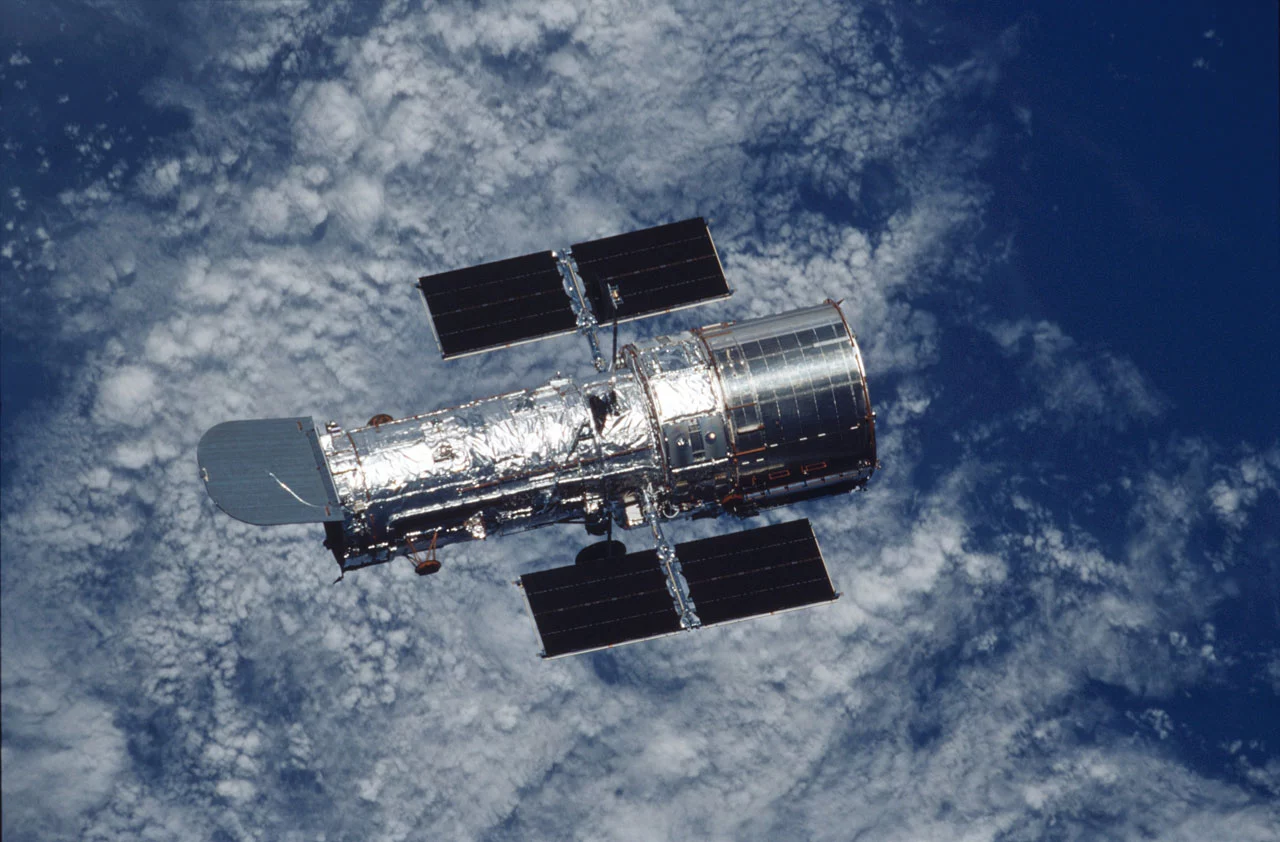There is still so much to learn out about the TRAPPIST-1 system, the set of planets orbiting a (relatively) nearby ultracool dwarf star that so excited the exoplanet community earlier this year. One question on everybody's lips concerns the chances of liquid water, something scientists are now able to shed more light on thanks to fresh observations from the Hubble Space Telescope.
The TRAPPIST-1 system lies around 40 light years away and consists of seven planets in tight orbit around their parent star. Of those seven, scientists calculate that three rest in the so-called habitable zone, where conditions are just right to support liquid water. But new evidence from Hubble suggests that as many as five could contain the stuff of life.
An international team of researchers, led by Vincent Bourrier from Switerzland's Observatoire de l'Université de Genève, used an instrument onboard the telescope called the Space Telescope Imaging Spectrograph to search for evidence of water vapor in the atmospheres of the TRAPPIST-1 planets.

Part of this meant examining the amount of UV radiation hitting each of the planets. In the atmospheres of exoplanets, lower-energy UV radiation can break molecules of water vapor into hydrogen and oxygen. At the same time, higher-energy UV rays heat the upper layers of the atmosphere, allowing the hydrogen and oxygen to escape.
Hubble can then gauge the amount of hydrogen these planets are spilling out into space, and then together with the data on the UV light hitting the atmospheres, get an idea of how much water the planets have lost over their history.
The two innermost planets, TRAPPIST-1b and TRAPPIST-1c, where never considered great candidates for water as they orbit too closely to their parent star. The team's modeling throws further weight behind this theory, finding that they could have lost more than 20 Earth-oceans worth of water in the last eight billion years.
But the news is more positive concerning the outer seven planets, including the three in the habitable zone. The team calculates that these may have lost as little as three Earth-oceans worth of water over the same time frame, and that the outermost, more massive planets may actually retain their water.
While providing plenty of food for thought, the researchers are quick to point out that these findings are far from conclusive. The James Webb Space Telescope (JWST), set to be launched next year, will be key in providing further answers. The TRAPPIST-1 system is expected to be one of its first targets, and the telescope will use unprecedented capabilities to scan the planet's atmospheres for signs of life.
"While our results suggest that the outer planets are the best candidates to search for water with the upcoming James Webb Space Telescope, they also highlight the need for theoretical studies and complementary observations at all wavelengths to determine the nature of the TRAPPIST-1 planets and their potential habitability," says Bourrier.
A paper describing the discovery has been released online.
Source: Hubble Space Telescope




